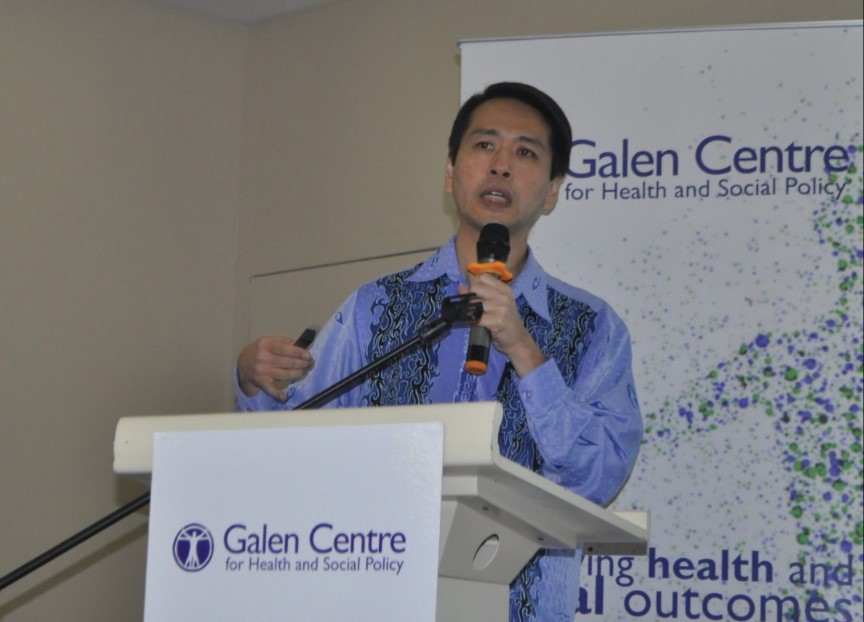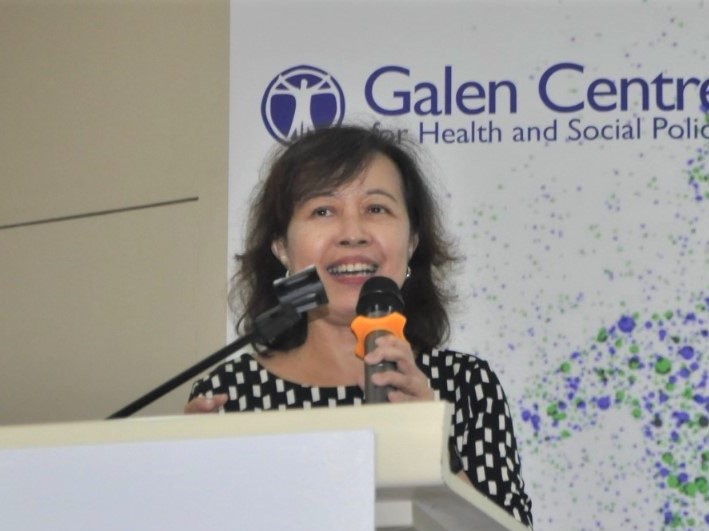KUCHING, Jan 3 — Sarawak needs its own cancer centre like the National Cancer Institute in Putrajaya, as the state has four times fewer oncologists than the recommended ratio, a cancer activist said.
The recommended ratio of oncologists to the Malaysian population is 10 to one million. The ideal ratio for Sarawak’s 2.47 million population should be 24 oncologists, but it only had six as of 2017, according to Sew Boon Lui.
The Society for Cancer Awareness and Advocacy Kuching (SCAN) president added that the Sarawak General Hospital (SGH) is the only public hospital in the whole state — which is about the size of Peninsular Malaysia — with its own oncology department.
Speaking at a recent event here, Sew, who is an advanced breast cancer survivor, also said only three private hospitals in Kuching have oncologists who deal with cancer prevention, diagnosis and treatment.
Some 80 to 90 per cent of cancer patients in Sarawak seek treatment at SGH, she claimed, while 10 to 20 per cent of them seek treatment at private hospitals, which she said is unbalanced and sees a heavier workload for those at SGH.
“Similarly, for haematological services — (which) cater to blood cancer patients — there’s only one (haematologist) in (the same) public hospital,” she told a recent East Malaysia healthcare-centric conference that was organised by the Galen Centre for Health and Social Policy.
The same hematologist, said Sew, also travels around the state every month to faraway towns such as Bintulu and Miri — over 500 and 700km from Kuching, respectively — to treat cancer patients, and may not be in SGH all the time.
Sew said cancer treatment and access in Sarawak is limited, with patients from as far as Miri on the other end of the state near Brunei, having no other alternative but to come to SGH for public treatment.
“(Traveling) this long distance (to) access treatment, taking many days (going) in and out from their homes in the interiors, actually causes very heavy burdens on the families affected by cancer,” she added.
“Imagine having to travel out and then back home, you may take a whole week, and then if the doctor gives you an appointment two weeks later, how are you going to survive? Who is going to work? Who is going to bring the bread home to the family?”
Besides this, cancer patients in Sarawak only get to see their oncologist during their initial diagnosis, and not for follow-up treatments where they see medical officers (MO) instead, she alleged.
But even then, patients have to wait hours on end to see an MO in crowded consultation rooms, while chemotherapy rooms are also busy with patients as well. Radiotherapy machines and beds at cancer wards are also limited.
Sew proposed the formation of a Sarawak Cancer Centre like the Peninsular Malaysia equivalent in Putrajaya to solve all these problems, with sufficient imaging tools such as CT scans and MRIs, radiotherapy machines and ablation instruments.
She also urged the Ministry of Health to increase the number of oncologists, oncological nurses and health care personnel for the field in Sarawak, including counselors, and physiotherapists. She also proposed setting up a radiotherapy machine in Miri.
If none of this is possible, Sew said mini-cancer centres could be set up in a few towns and cities in Sarawak insteads, with oncologists put on rotation to frequent each centre regularly.

Echoing Sew’s call, Dr Ong Eng-Joe, vice-chairman of the Malaysian Medical Association (MMA) Sarawak branch, told the conference that Sarawak needs institutes for heart and cancer treatment, as well as regional hospitals with cluster district hospitals and clinics.
“For Sabah and Sarawak, because of the geographical distance, it’s important to have our own heart institute — which we already have in Kota Samarahan, and there’s one in Queen E (Queen Elizabeth Hospital) in Sabah — but the cancer institute, which was in the pipeline here, I think, has been shelved.
“This one needs political will to release the funds,” he said, adding that Sabah does have a centre for nuclear and radiotherapy services at Likas Hospital in Kota Kinabalu.
Kuching is awaiting a new “north” general hospital to decongest the SGH in the southern part of the city, he added, while Sabah needs a “stronger” regional hospital in the eastern side of the state as its existing health care treatment options are West Sabah-centric now, with most services only based near Kota Kinabalu.
Meanwhile, Sarawak Breast Cancer Support Group president Dayang Mariani Abang Zain, who was also on the same panel as Dr Ong and Sew, claimed that the cancer survival rate in Sarawak is much lower than West Malaysia.
She attributed this to Sarawakian traditions and cultures which may shun hospital treatment as it’s seen as a last resort, a lack of family and peer support among patients, as well as health care accessibility, which she said was poor in some areas of the state.
“People seek care for cancer late, cancer symptoms and signs that sometimes work on turnaround (sic) in the early stages. (Because) diagnosis is late, the cancer will already be at the late stage,” she said, adding that more than half of breast cancer patients in Sarawak only get diagnosed when they are in their third and fourth stages.
Dayang Mariani called for greater awareness and knowledge about cancer care and treatment, general health literacy in Sarawak, branding it as “possibly the greatest challenge” for the state government and the public to overcome.








